In summer 2013, we completed a retrospective assessment of past Better Backroads projects to evaluate their condition and effectiveness in mitigating water quality impairments on rural roads. UVM graduate student Joanne Garton assessed 106 BMPs at 45 sites in northwestern and north central Vermont. Results of the assessment are reported in our preliminary report, available here:
BMP Installations Continue
16 09 2013BMP installations have continued throughout the summer, after our initial installations of rock in ditches at Kew Vasseur and Randall Roads in Fayston in November 2012. In July and August 2013, we installed compost socks in ditches at two sites on Prickly Mountain Road in Warren and on Bragg Hill Road in Fayston. The compost socks have a diameter of 12 inches and are ten feet long. The biodegradable, porous compost socks are meant to hold sediment back while allowing water to continue flowing down the ditch. Multiple compost socks are installed in each ditch at an interval determined by specific site characteristics, such as road grade. On the lower portion of Prickly Mountain Road and Bragg Hill Road, we installed single compost socks along the entire ditch; while on the upper portion of Prickly Mountain Road, the compost socks were stacked. So far, the compost socks at all three sites have been able to endure a number of storms and have proven to keep some sediment from moving down the ditches. However, we will see how many more storms the compost socks can experience before the building sediment behind each sock needs to be removed in order for the socks to be effective.
Our final installation of rock is scheduled any day now for Ski Valley Road in Waitsfield, and installation of check dams and turnouts will occur by late September on Crossett Hill, Richardson and Grout roads in Duxbury. Check back by early October for a report on effectiveness of our treatments installed to date.
Comments : Leave a Comment »
Categories : About
BMPs help roads weather the storms
9 07 2013Installations of BMPs began in late October 2012 on Randell and Kew Vasseur roads in Fayston and continue this year on road sites in Warren, Waitsfield and Duxbury. Segments of ditch on Randell and Kew Vasseur roads were lined with stone to minimize erosion of these steep ditches. Preliminary assessments indicate the treatments are highly effective in reducing erosion. Following intense rain storms in late May 2013, the untreated site on Randell road showed evidence of considerable sediment accumulation in the silt fences we are using to monitor erosion. The paired site that had been lined with rock produced very little sediment.
Comments : Leave a Comment »
Categories : About
Welcome!
3 04 2013Welcome to our blog!
The purpose of this site is to provide a platform for which we can provide updates regarding a two-year study to evaluate the effectiveness of Best Management Practices (BMP’s) on reducing sediment and phosphorous runoff from gravel roads. The study is being conducted in towns located in the Mad River Valley of Vermont through the collaboration of the University of Vermont and the Vermont Better Backroads Program. Our work is supported by grants from the U.S. Geological Survey National Institutes of Water Resources (to the Vermont Water Resources and Lake Studies Center) and the Ecosystem Restoration Program of the Vermont Agency of Natural Resources.
Watch for new posts as the project enters its second field season and feel free to explore some of the more detailed information about the project on the pages above.
Comments : Leave a Comment »
Categories : About
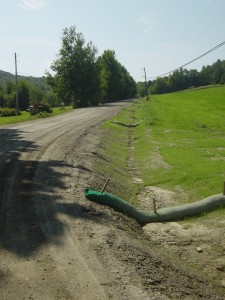
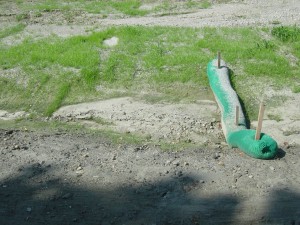
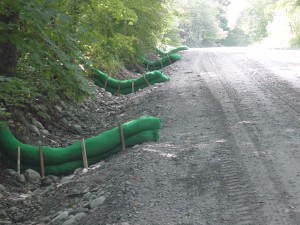
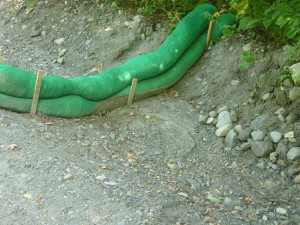
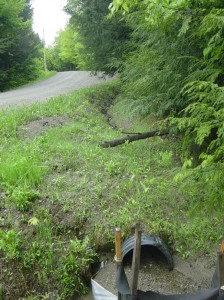
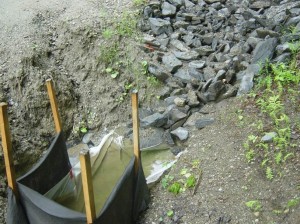
Recent Comments